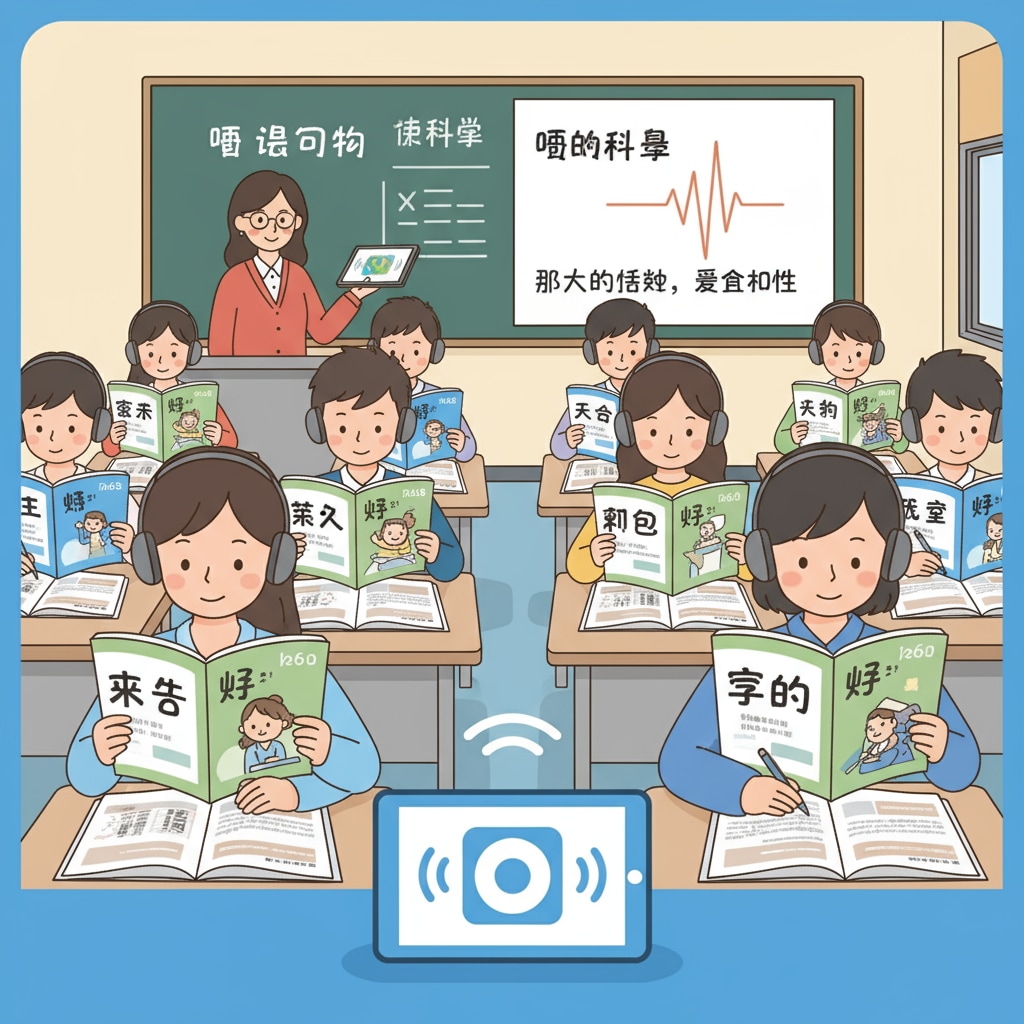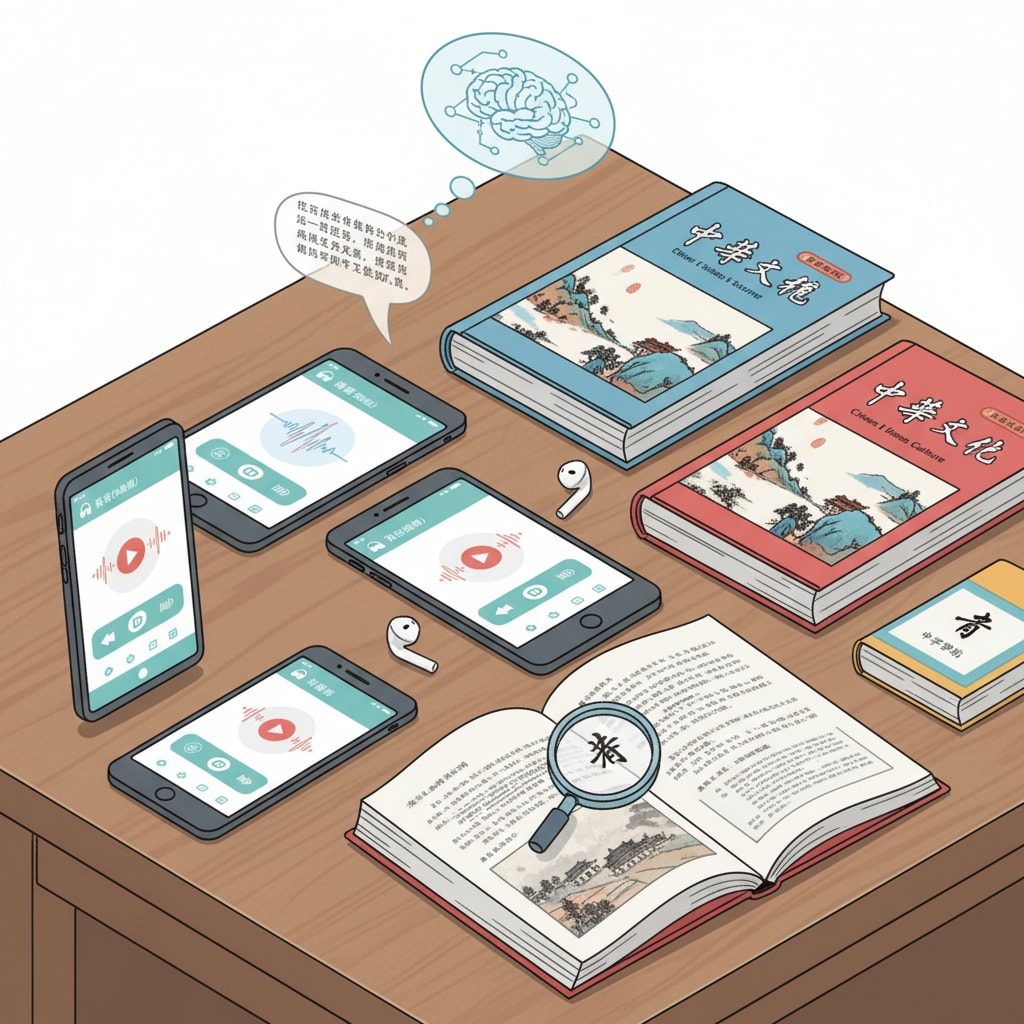In the realm of 8th grade Chinese language teaching, the question of whether audiobooks can replace traditional reading has sparked a significant controversy. This debate is closely intertwined with the development of students’ reading fluency and the overall effectiveness of Chinese language instruction.

As the digital age progresses, educational methods are constantly evolving, and audiobooks have emerged as a new tool in the teaching arsenal. But how do they impact the learning of Chinese?
The Rise of Audiobooks in Chinese Education
Audiobooks have gained popularity in recent years, especially with the increasing availability of digital devices. In 8th grade Chinese classes, teachers are exploring their potential to engage students in a different way. For example, according to this article on TeachThought, audiobooks can make complex Chinese texts more accessible to students. They can also expose students to different accents and intonations, which is beneficial for language learning. However, this new approach also brings challenges.

The Impact on Reading Fluency
One of the main concerns in the controversy is the impact of audiobooks on students’ reading fluency. Reading fluency involves the ability to read text accurately, smoothly, and with proper expression. While audiobooks can enhance listening skills, some educators worry that relying too much on them may hinder the development of students’ reading skills. For instance, when listening to an audiobook, students may not be actively engaging with the text in the same way as when they read it themselves. As stated on Reading Rockets, active reading is crucial for developing fluency.
On the other hand, audiobooks can serve as a supplementary tool to improve reading fluency. They can help students with pronunciation and rhythm, which are important aspects of Chinese language reading. By listening to professional readers, students can learn how to read with proper intonation and emphasis.
Readability guidance: The rise of audiobooks in Chinese education presents both opportunities and challenges. In the following sections, we will further analyze the pros and cons and discuss how to find a balance.
Balancing Innovation and Traditional Skills
In the digital teaching environment, it is essential to balance innovation with the cultivation of fundamental skills. While audiobooks offer new ways of learning, traditional reading methods should not be abandoned. Teachers can design teaching strategies that combine both. For example, they can use audiobooks to introduce new texts, and then have students read the texts independently to reinforce their reading skills. This way, students can benefit from the advantages of both approaches.
Moreover, educators need to guide students on how to use audiobooks effectively. They can teach students to listen actively, take notes, and compare the audiobook experience with reading the text. By doing so, students can develop a more comprehensive understanding of the Chinese language.
In conclusion, the use of audiobooks in 8th grade Chinese language teaching is a double-edged sword. It has the potential to enhance students’ language learning experience, but also poses risks to the development of their reading fluency. As educators, we need to carefully consider how to integrate audiobooks into the curriculum to ensure that students receive a well-rounded education in Chinese language and literature.


